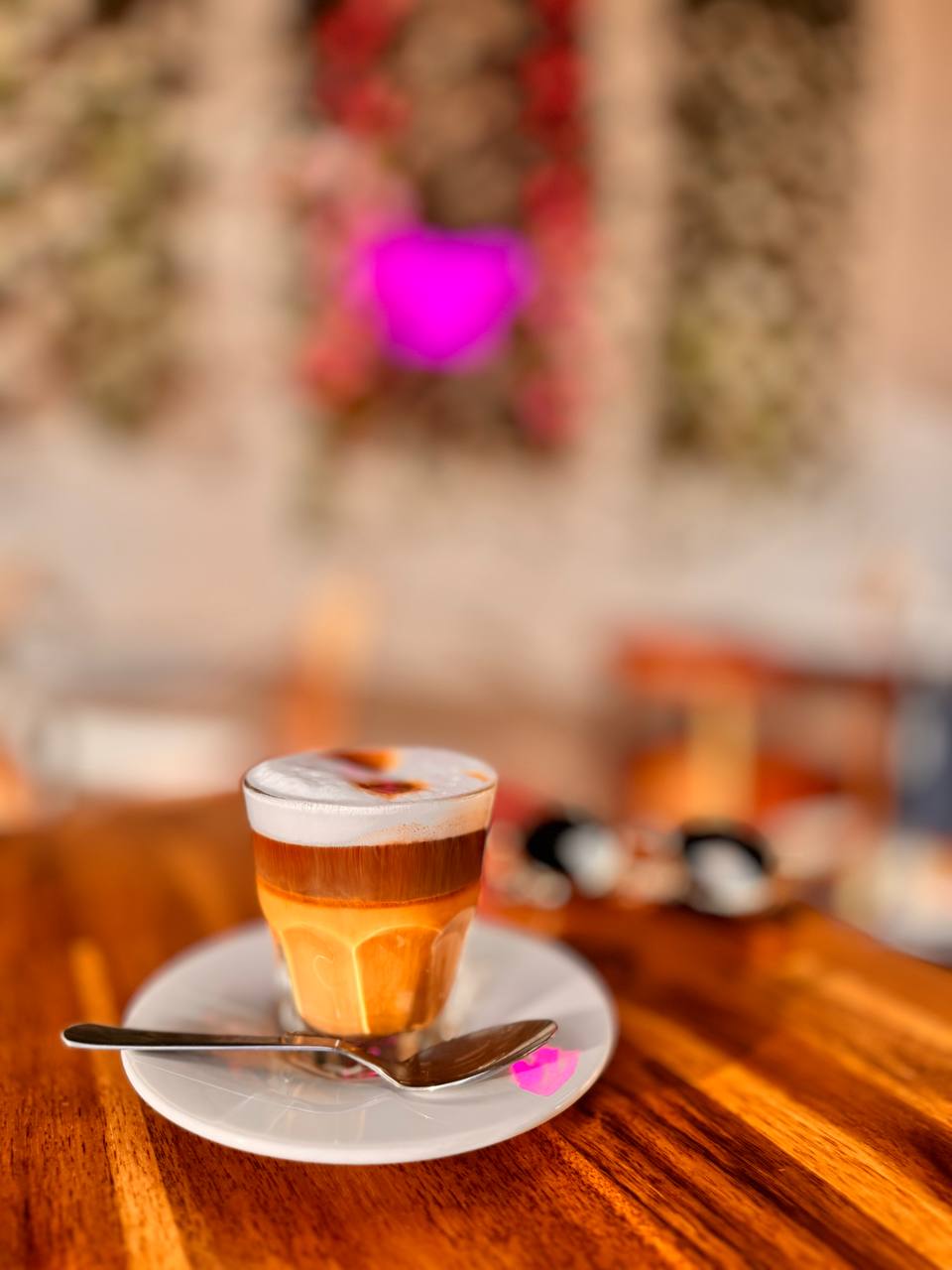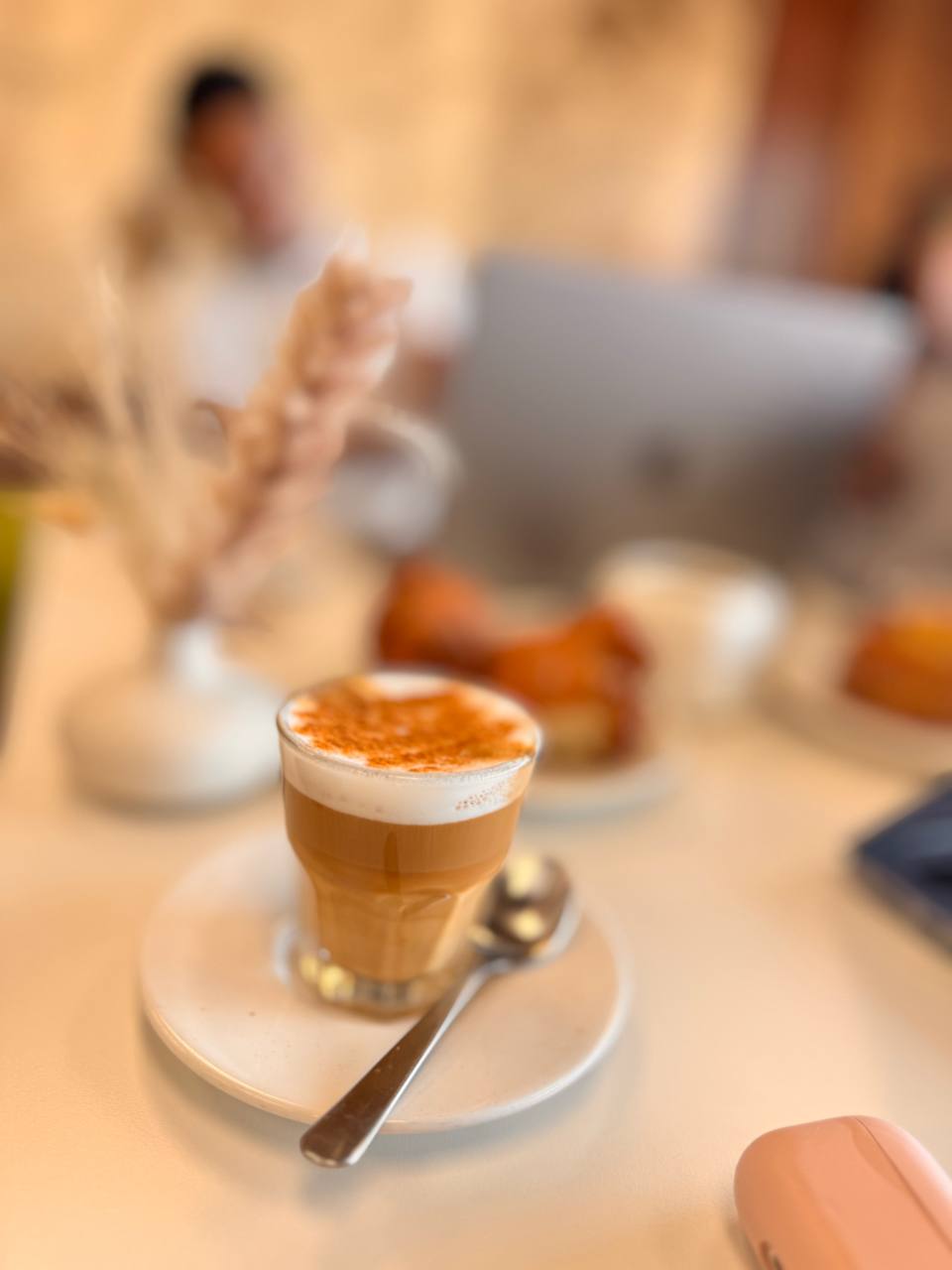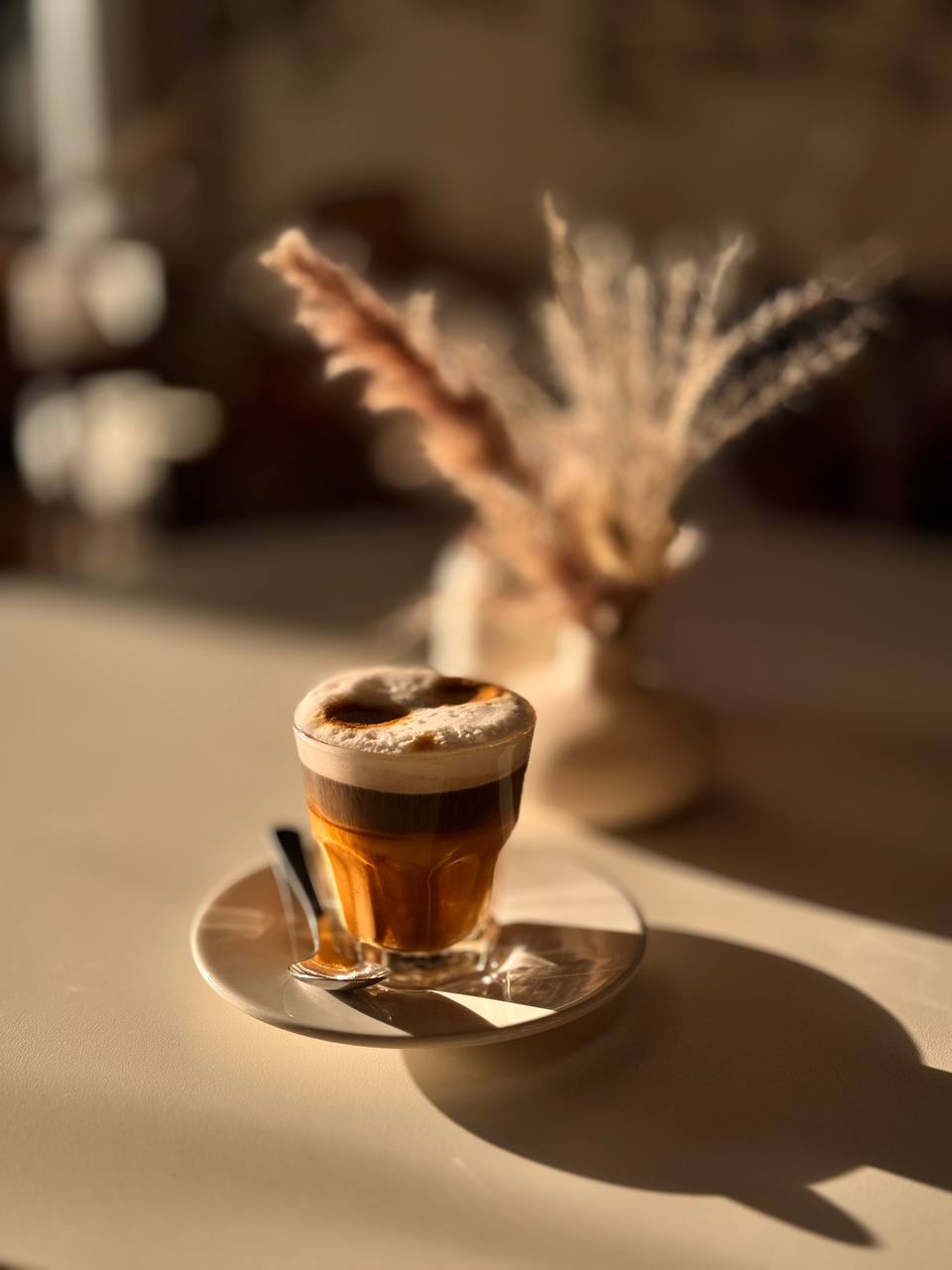No products in the cart.
Best selling core coffees
-
Yirgachefee Coffee
12 Oz. -
Yirgachefee Coffee
12 Oz. -
Yirgachefee Coffee
12 Oz.
Here, every cup tells a story - of exploration, discovery, and the relationships we've built with farmers in the furthest reaches of the Earth Our life's work is to share their stories of exceptional craft and perseverance with you through excellent coffee.
Members get 10% off the first purchase, free delivery and returns! Not a member yet? Join now, it's free.
Members get free standard delivery for orders over $30. Click & Collect is free.













